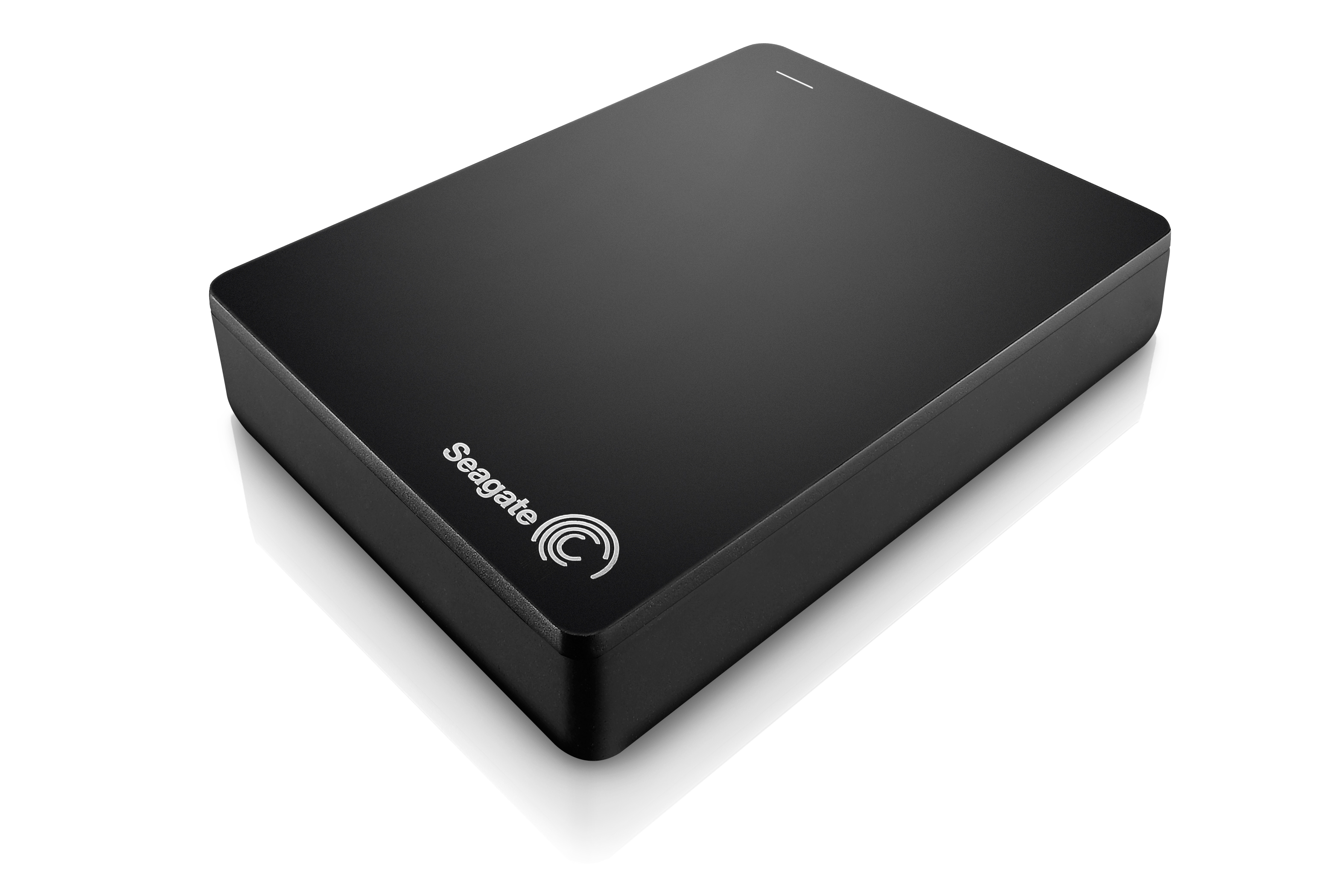
Lots of storage is good to have, but you don’t want to pay extra for space that will sit unused for the life of the device. Most drives measure their capacity by terabyte, which represents 1,000 gigabytes. When it comes to capacity, you should have a real idea of how much data you have and how much you’ll have in the future.

SSDs are typically faster and smaller, but typically limit the amount of data they can hold. All the entries on this list are hard drives, which means they have spinning platters inside to store their data. It’s worth knowing the difference between SSDs and HDDs. Here are some things you should know before digging into the world of external hard drives. Things to consider before buying an external hard drive We also gathered input from other professionals and users. We directly compared dozens of drives on criteria such as price, feature set, size, and reliability. In addition to first-hand research, we also scoured online sources and editorial reviews. During that time, I’ve gone through literally dozens of different hard drives, which has given me valuable personal experience. I have also worked as a professional photographer and videographer. I have been writing about gadgets and computer gear for nearly two decades now.

As long as you regularly put them to work, they provide an invaluable safety net against computer crashes and other types of digital catastrophes. The best external hard drives are the unsung heroes of the gadget world.


 0 kommentar(er)
0 kommentar(er)
